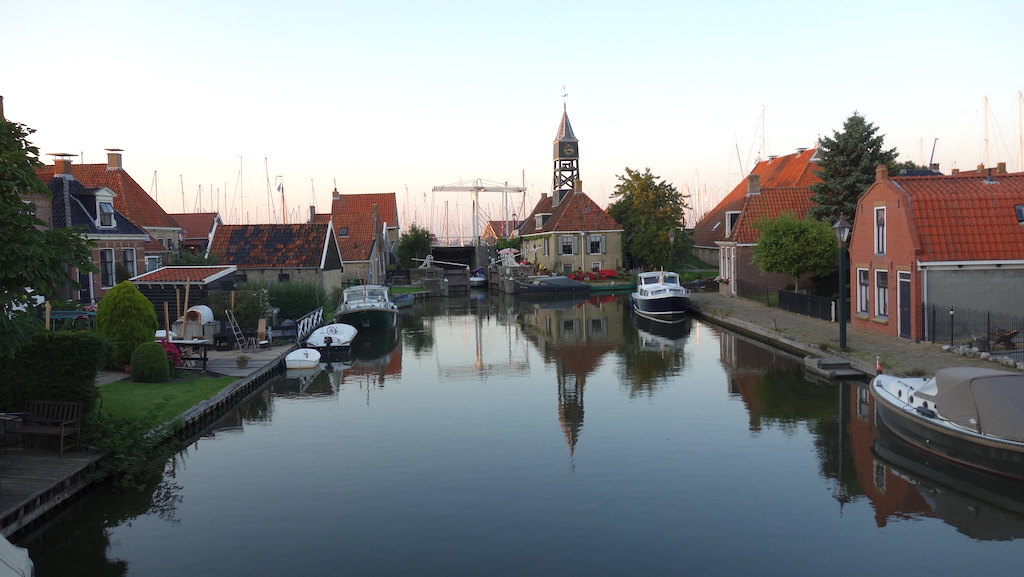Region in Northern Netherlands investigating geothermal option

The municipality of Southwest Friesland in the Northern Netherlands is investigating if geothermal energy could be an option for its local heating utility.
To make homes natural gas-free, the citizens’ initiative Stichting Ontwikkeling Geothermie Friesland (STOGEF) in the Netherlands is investigating the possibility of using geothermal energy from an old underground volcano, so local news. The municipality of Súdwest-Fryslan, a municipality in the province of Friesland in the Northern Netherlands, supports the initiative.
At street level there is nothing to notice, but near the municipality of Bolsward there is a special heat source three kilometers underground: an old volcano. The geological foundation of the subsoil makes the area promising for geothermal technology. This is because geothermal energy requires a porous layer of sandstone through which drilling is carried out. It is already possible to realize a single heat source for potentially 5,000 homes. Further research should show whether a deeper drilling of the earth can extract more heat and whether this is feasible and affordable.
The exploitation of the geothermal project will be placed with a cooperative or municipal heating company. Residents and companies can purchase the heat from them. For connection to the heat network, an ISDE subsidy of EUR 3,325 is available to home owners to cover the costs. In addition, the government supports the task of the rental sector to make rental homes natural gas-free through the so-called Subsidy Scheme for Natural Gas-Free Rental Properties (SAH).
STOGEF will mainly use the coming year for research and information provision. The first thing to do is to find the exact location within the area around Bolsward. An exploration of the technical, organizational and financial feasibility will be announced in more detail and discussions will follow with energy cooperatives about their participation in the project.
There are currently about twenty geothermal installations in the Netherlands, mainly used by horticulture in the Westland region. According to professor of Reservoir Systems and Control Jan-Dirk Jansen, there are plans for dozens of additional installations, and this number is expected to exceed 500 by 2030. ‘It’s hot water mining. You pump up high-temperature water and pump cold water back into the ground elsewhere.’
Geothermal energy is most suitable for the urban environment with higher concentrations of homes that are often less insulated. ‘That actually applies to any homes built before the 1990s,’ says Jansen. This is not yet happening on a large scale because of the cost. These amount to EUR 10- 14 million per doublet (two wells).
In The Hague Southwest, a geothermal project was planned in January this year for 1,500 homes based on geothermal energy from the Ketelhuis of the Haagse Geothermal energy consortium. This project has not yet been commissioned due to a leak in the geological water system. The heat network is managed by Eneco.
Maarten Koop, project engineer at Eneco, knows the many challenges of geothermal energy: ‘The bycatch of formation gas, raw and odorless natural gas, is one of them.’ In an incident at the Trias Westland geothermal project, another gas explosion took place on 10 September, resulting in a flash fire and damage to the installation. Koop: ‘It would be sensible to treat geothermal projects as gas drilling with hot water by-catch. I hope for Bolsward that there is no gas dissolved in the geological water in that layer of the earth, which makes the project a lot more feasible and considerably safer.’
Janssen: ‘To stimulate the use of geothermal energy in the coming years, planned projects can reduce costs. In this way, such projects become less dependent on subsidies, as they are now.’ According to the professor, another solution is to tax non-renewable energy sources further with a CO2 tax.
Source: Stadszaken